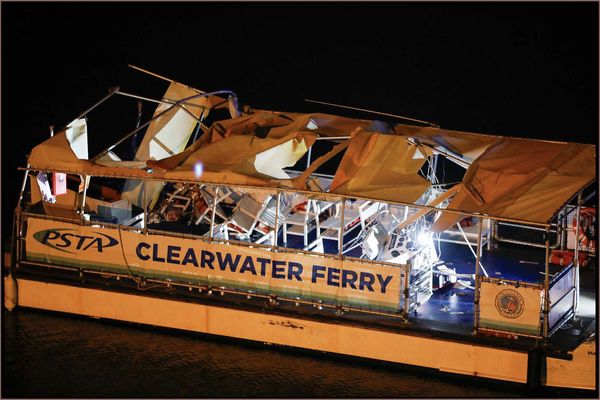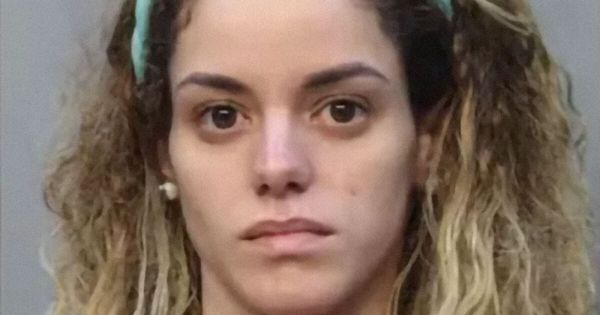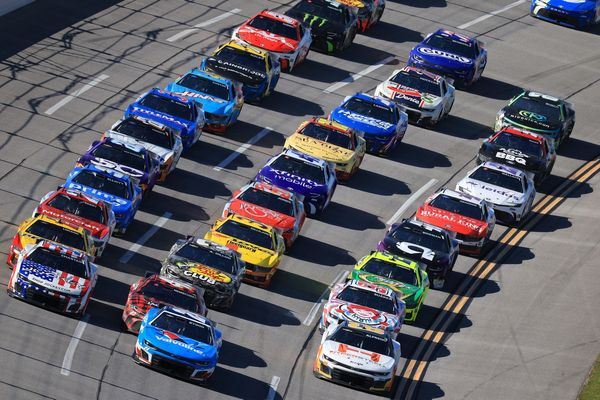
JUNO BEACH, Fla. — Jack Nicklaus tuned in to the opening night of TGL, curious just like the rest of the world. But during a commercial break, he switched over to the Golf Channel, where he stumbled upon ... himself.
It just so happened that a replay of the 1994 Shell’s Wonderful World of Golf match between Nicklaus and Arnold Palmer was on the screen. Nicklaus asked his wife, Barbara, what she preferred.
“She said she wanted to watch me,” Nicklaus said, chuckling.
And so it was that Nicklaus didn't get back to TGL that night.
Celebrating his 85th birthday Tuesday, the Golden Bear remains as comfortable in his own skin as just about any superstar, one who has been part of the public consciousness for better than 60 years. This year marks 20 years since his true competitive career came to an end in St. Andrews, where Nicklaus curled in a final birdie putt at the Old Course in 2005.
On this day, just a few miles from where TGL is played at the SoFi Center in Palm Beach Gardens, Jack was in his Nicklaus Families office, where he goes frequently, a few golf course design plans on his desk, plenty of mementos around the room—but not like his North Palm Beach home office, where all of his major trophies reside.
Nicklaus is still active in design, has a role with the local Cognizant Classic as it benefits the Nicklaus Children’s Hospital in Miami, and will later this year celebrate the 50th playing of the Memorial Tournament, an event he founded at a course he designed—Muirfield Village—near his hometown in Ohio.
Getting to talk to Nicklaus on all things Jack remains a fascinating experience.
And he shared a few stories, perhaps some that are lesser known among all the exploits of his career that saw him win 18 major championships and 73 PGA Tour events.
For example, did you know that Nicklaus seriously considered remaining an amateur?
The year was 1961 and he had won his second U.S. Amateur earlier this year. Nicklaus was working in insurance while still at Ohio State and seriously contemplated trying to achieve stardom while not playing for pay.

There was the matter of his father Charlie’s affection for the legendary Bobby Jones, who won 13 majors if you count his five U.S. Amateurs and one British Amateur. And Nicklaus saw some merit in continuing in that manner.
“Basically, I had no intentions of being a pro,” Nicklaus says. “Bobby Jones was my dad’s hero and sort of my hero. As I grew up, I was sort of following his footsteps a little bit. I won the second (Amateur) at Pebble Beach in ’61 and all of a sudden there was a bunch of rumors.”
Nicklaus, who finished second to Palmer as an amateur in 1960 at the U.S. Open and tied for fourth a year later, says he consulted with Joe Dey, then the executive director of the United States Golf Association (who would later become the first PGA Tour commissioner), and man he had a relationship going back to his junior days when Dey admonished him for nearly missing a tee time. “I was never late for one ever after that,” he says.
Dey counseled Nicklaus that “he had every right to turn pro,” if he wanted. And thus Nicklaus did some investigating. He contacted agent Mark McCormack, who told Nicklaus that he had the potential to make about $100,000 a year off the course, on top of his prize winnings.
“That was quite a bit more than I was making,” Nicklaus says. “I was pretty successful at what I was doing but I can’t say I really loved insurance.
“I finally got to thinking if I really want to be the best at the game of golf, there’s only one way to do it, and that’s to play against the best on a weekly basis. So I changed my mind and I called Joe Dey and told him what I was going to do. He was like a second father and always gave me great advice.”
And if he hadn’t turned pro?
“I would have played whatever was available to me,” he says. “I was playing eight or nine events anyway. I was the U.S. Amateur champion. (He could pretty much get in where he wanted except the PGA Championship.) If I was going to play on a fairly solid basis, I needed to play. You need to prepare and you need to play. You can’t do something halfway.”
So Nicklaus declared in November his pro intentions, and started 1962 playing in events on the West Coast, famously making $33.33 in his first start at the Los Angeles Open.
He played in San Diego and Pebble Beach and San Francisco and Palm Springs and Phoenix, never missing a tournament because “if you made the cut back then, you got to play the next week.”
In his first Masters as a pro, Nicklaus tied for 15th, 11 shots out of the playoff won by Arnold Palmer over Gary Player and Dow Finsterwald.
A few weeks later came another Nicklaus story that might not be well known—what happened during the final round of the Houston Open.
Nicklaus found himself in a playoff that Bobby Nichols won over himself and Dan Sikes. But he should have won the tournament outright, he says.
“I was leading in the last round and on the 7th hole (a par-3) my caddie, his name was Billy Ford—we called him 4-1 for throwing the dice,” Nicklaus says. “I had about a 30-foot putt and he was holding the pin. After I putted, he couldn’t get the pin out (of the cup.) And so he yanked it and the cup came out with it.
“My ball hit the cup dead square. So instead of making a 2, I made 5. It was a two-shot penalty for hitting the pin. So I had made a 5 instead of a 2 and ended up tied. True story. And 4-1 caddied for me again the next year. It wasn’t his fault. It just happened.”
In June of that year, Nicklaus defeated Palmer in an 18-hole playoff at the U.S. Open to win for the first time as a pro, one of three victories that season in which he was named rookie of the year. He played 26 times, with three wins, three seconds and four thirds. Nicklaus said some of the older players scoffed when he suggested he might be able to make $30,000 in prize money; he earned $61,868.
Through 1968, Nicklaus piled up 27 victories including six major championships and had established himself among the elite in the game.
That year also saw significant change come to the pro game, a contentious and somewhat controversial move to have touring pros separate from the PGA of America. Nicklaus, Palmer and Gardner Dickinson believed that the organization was too big and not looking out for the interests of pro golfers—different than club pros—who competed around the country.
Perhaps not well known is that Nicklaus was right in the middle of it.
“Yeah, it was controversial,” Nicklaus says. “Back in those days, when you signed your entry form to play in a tournament, you were signing over your rights to the PGA of America, for endorsements, the whole bit. That didn’t mean you couldn’t probably do it. But they could contest it to let you play. We just felt like we wanted to have our own rights. Arnold, Gardner Dickinson and I were on the (PGA player) board. We tried to work it out. The PGA of America didn’t want to work it out. So we headed in our own direction.”
The Association of Tournament Players was formed and eventually led to it being called the PGA Tour.
Nicklaus said the situation then was not unlike what Phil Mickelson cited a few years ago as being a problem for professional golfers as it related to their own media rights, which is part of the backstory to the formation of LIV Golf.
“The only difference in what Mickelson was bitching about is today guys are making a lot of money and a good living,” Nicklaus says. “We couldn’t make a lot of money (playing tournament golf). Even through most of my career, we had to be able to go out and win golf tournaments to be able to make a name to go make a living.
“Today they can make a living playing golf. Which is fantastic. We were the forerunners of that. The PGA Tour was part of making that happen. And guys obviously make very good money on the PGA Tour today. It was similar to that.”
Nicklaus said he’s intrigued by what TGL can be and understands it might appeal more to a younger audience. But he never got back to watching it that night, sticking with the replay of the Shell’s match, which was at Pinehurst No. 2, the site of last year’s U.S. Open and, then, still five years away from hosting the championship for the first time.
Final score: Jack 67, Arnold 74.
This article was originally published on www.si.com as For Jack Nicklaus’s 85th Birthday, Some Stories You Perhaps Haven’t Heard.







